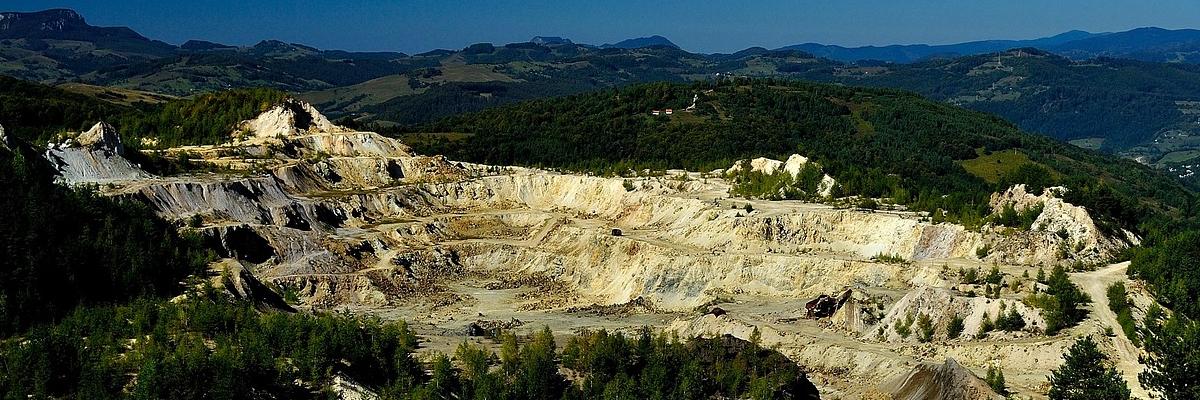In the wilderness north of Great Slave Lake, in Canada's Northwest Territories, mining companies are turning their attention to a potential treasure trove of critical minerals as the demand for lithium, nickel, graphite, and copper has significantly increased to meet the needs of the emerging electric vehicle and solar energy industries.
The cost of mining in these parts of Canada, with no access roads, was usually prohibitive. Things changed last December when the Canadian government announced its long-awaited Critical Minerals Strategy, offering mining companies generous tax incentives, additional funding incentives of $3 billion, and the promise to expedite the federal environmental impact assessment process.
While the strategy is presented as a way to help transition to a post-carbon economy, some environmentalists fear it will lead to the depletion of wetlands, diversion of watercourses, and disruption of carbon-rich peatlands. Over the past three decades, the mining industry has left behind these and many other environmental liabilities, leaving taxpayers with cleanup bills totaling over $10 billion.
Critics argue that the benefits of mining may not outweigh the costs for biodiversity and the Indigenous peoples living in these mineral-rich regions.
Source: E360

